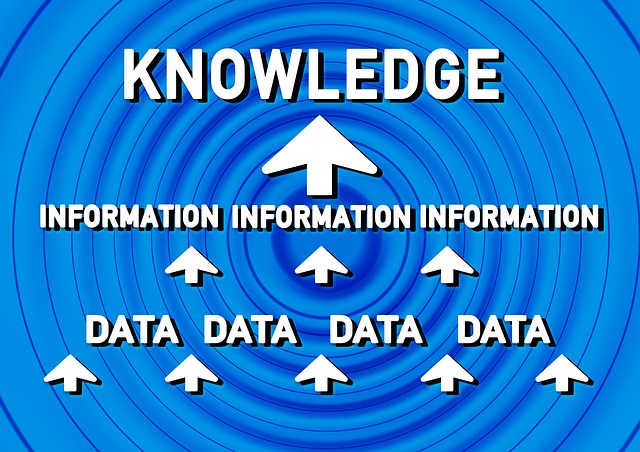
In your IT services business, as with many other types of business, one of the most important assets you have is the collective knowledge acquired by employees through years of experience and the data harvested about all the work done for your clients over those years. Reinventing the wheel is of course a waste of time and valuable resources and so it is critical to ensure the knowledge within your company is actually stored safely and easily retrievable whenever required.
This process of logging, finding and using all this information within an organization, all the lessons learned “on the job” and the expertise brought in through hiring, basically the acquisition of intellectual capital, is often referred to as Knowledge Management and proper implementation of such practices can lead to considerably improved efficiency as well as business continuity and competitive advantage.
Typical strategies for knowledge management include both Push and Pull methods. The Push strategy generally involves individuals within an organization making a concerted effort to add their knowledge to a Knowledge Base system which is shared with the rest of the organization and over time this repository of stored information becomes invaluable to the organization.
Within this service and support software, the Knowledge Base module offers a range of features such as privilege management, search functions, categorization, user definable fields, document attachments and more. Tickets can be effortlessly converted into Knowledge Base articles for future use.
Also, this help desk software stores a lot of business-knowledge integrated with all the additional data collected and logged about clients and their systems which you manage for them on a day to day basis and thus it becomes the central repository for all the data generated in and by the company. For example in History Notes added under Accounts, Tickets and Assets, in the Charge descriptions and in attached Documents of various kinds.
As a whole, the implementation and usage of this PSA in a company facilitates the rapid acquisition of data and growth of the knowledge base.
The Pull strategy involves people within the company who are considered the “go to” for answers to or consulting on specific types of questions, they are in effect walking talking knowledge bases in themselves who can better understand and explain the data in their area.
A hybrid of push & pull is often an effective system to implement whereby all employees contribute to the knowledge base and can use it for getting answers to questions, while certain experts can also provide a conduit to that knowledge or can be consulted on the areas where they are the experts thus facilitating a more efficient transfer of knowledge to the people that need to know, when they need to know.
Knowledge management software needs to be easy to use and as painless as possible to add data on a continuous basis, so as to ensure people do actually bother to store that data, and of course it needs to be easy to find and extract that data whenever needed, so IT technicians on the road can quickly find the answers they need to get the job done at client locations or back in the office or workshop.
Using Professional Services Automation software such as ours, which has knowledge acquisition, transfer and management tightly integrated throughout can contribute significantly to your business objectives and allow for less reinvention, enhanced efficiency, improved support and ultimately happier customers.
Until next time,
Success Team